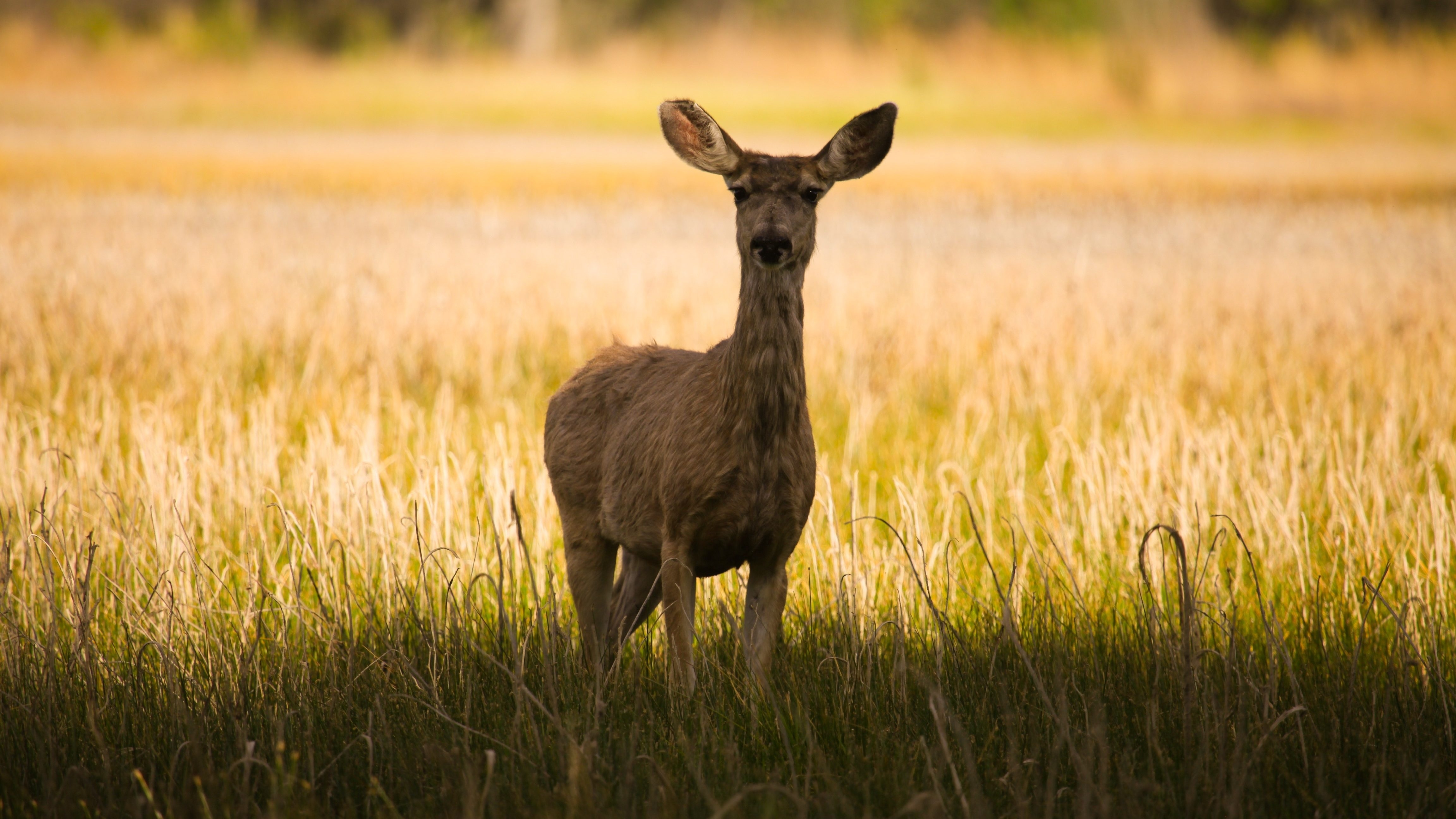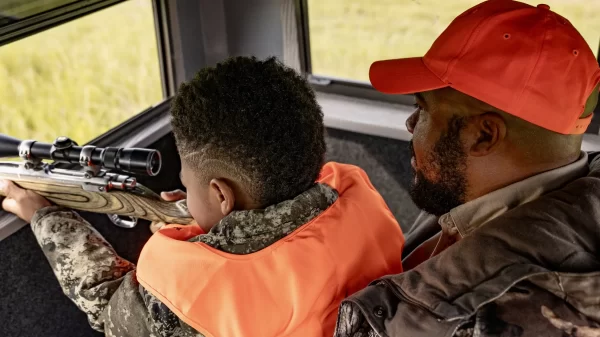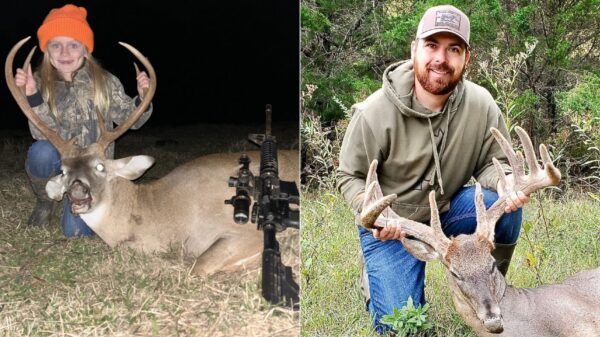Wednesday, the Alabama Division of Wildlife and Freshwater Fisheries (WFF) received confirmation from the Mississippi Department of Wildlife, Fisheries and Parks (MDWFP) that a white-tailed deer from Pontotoc County, Mississippi, tested positive for Chronic Wasting Disease (CWD). CWD is the most devastating disease facing the deer population today. Alabama has 1.75 million deer. Currently the state is CWD free; but this latest CWD positive deer is the closest that the disease has gotten to the state. Mississippi was CWD free until this summer.
The MDWFP reports that an emaciated 1.5-year-old, free-ranging male white-tailed deer was euthanized on October 8, 2018. The deer’s behavior appeared abnormal. The sample was confirmed CWD-positive by the National Veterinary Services Lab in Ames, Iowa, on October 30, 2018. This is the second case of CWD documented in Mississippi.
Alabama’s WFF has tested nearly 8,000 deer since 2002 and has not detected CWD within Alabama.
As part of WFF’s CWD Strategic Surveillance and Response Plan, WFF will increase its CWD surveillance sampling efforts beyond typical surveillance rates in those counties within the 50-mile radius of the Pontotoc County CWD-positive white-tailed deer. These counties include Franklin, Lamar, and Marion counties.
Additional samples for these counties including, but not limited to, voluntary samples from hunter-harvested deer as well as focused efforts on road kills and abnormally behaving deer.
CWD is a neurodegenerative disease found in most deer species, including moose, elk, mule deer and white-tailed deer. It is infectious and always fatal. It is part of a group of diseases known as transmissible spongiform encephalopathies and is similar to mad cow disease in cattle and scrapie in sheep. These diseases cause irreversible damage to brain tissue that leads to neurological symptoms, emaciation and death of the animal.
Deer infected with CWD can become emaciated, lethargic, have abnormal behavior, and show gradual loss of bodily functions. Other signs include excessive salivation, loss of appetite, progressive weight loss, excessive thirst and urination, and drooping head/ears.
Because it is a prion disease, contact with the spinal and brain tissue of a deer carcass can spread the disease to uninfected deer. To prevent the spread of the disease into Alabama it is now forbidden to import the complete carcasses from members of the cervid family (deer, elk, moose, caribou, etc.) from any other state and Canada.
The rules requires that hunters should completely debone the animal and remove and dispose of any brain or spinal tissue from skull plates, raw capes and hides before returning to Alabama. Those skull plates must be free of any brain or spinal cord material. Velvet-covered antlers are also included in the prohibited materials. Root structures and other soft tissue should also be removed from all teeth. Finished taxidermy products and tanned hides are not affected by the ban.
Overhunting resulted in the near extinction of deer in Alabama by 1905, when there were less than 2,000 deer living in the state, until the state of Alabama and a collection of private landowners in south Alabama stepped in to protect the species. The wolf, bison, elk, cougar, passenger pigeon were all wiped out in Alabama by overhunting. From those humble beginnings, the Alabama Conservation Department, restocked the rest of the state, with most of the restocking done in the 1950s and 1960s.
This is currently bow season for deer in Alabama.






















































